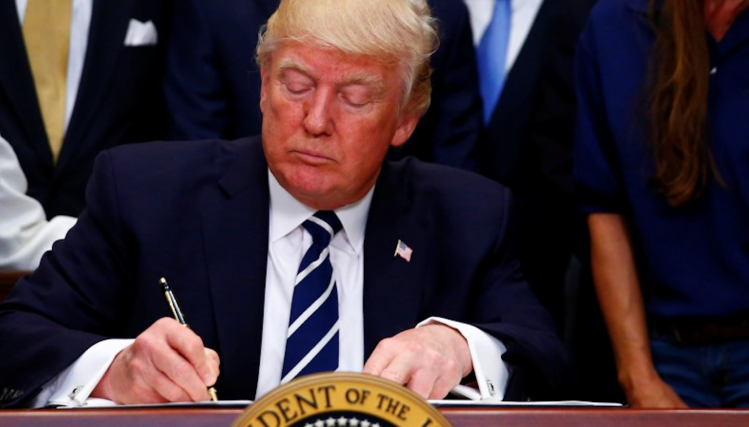Some tech companies considering expansion to the heartland worry about finding local talent. That’s the skills gap. Meanwhile, many workers there, even if they were to acquire the skills sought by tech companies, don’t see ready demand for them. That’s the opportunity gap. And as the conversation around bridging the tech and economic divide progresses, it’s apparent that these vexing gaps are not only intertwined, but present a chicken and egg challenge.
Yesterday, President Donald Trump took an important step toward addressing one of them. He signed an executive order, Expanding Apprenticeships in America, and unveiled initiatives designed to address the skills gap. The order more than doubles federal funding for new apprenticeship training programs, from $90 million to $190 million.
“Apprenticeships place students into great jobs without the crippling debt of traditional four-year college degrees,” Mr. Trump said, describing the potential benefits of the executive order. “Instead apprentices earn while they learn.”
The executive order cites 350,000 job openings in the manufacturing sector, some of which are positions requiring “additive manufacturing” skills that demand experience with process and design software.
June 5th: The AI Audit in NYC
Join us next week in NYC to engage with top executive leaders, delving into strategies for auditing AI models to ensure fairness, optimal performance, and ethical compliance across diverse organizations. Secure your attendance for this exclusive invite-only event.
For example, Butech Bliss, a manufacturer of machine technologies for the metals industry in Salem, Ohio, recently worked with the Youngstown Business Incubator (YBI) to learn additive manufacturing skills. The manufacturer switched from welding to metal casting, and adopted software to engineer steel chutes. The new tech helped cut product costs from $3,000 to $900, according to YBI CEO Barb Ewing. What’s more, the company can now rapidly modify the design file for additional, highly custom chutes at a cost of less than $500.
Trump’s executive order followed Labor Secretary R. Alexander Acosta’s call on Monday for more apprenticeships to address the skills gap for tech and healthcare jobs. “The issue is a mismatch between available jobs and prospective employee’s jobs skills,” Acosta said, citing a survey that shows 95 percent of executives reported problems finding qualified workers.
According to the U.S. Department of Labor, there are currently 6 million job openings in America.
Trump has been a longtime advocate for apprenticeships, which are not uncommon in construction and real estate development — long before his stint on The Apprentice, in fact.
In March, he met with Salesforce CEO Marc Benioff, who urged him to create 5 million apprenticeships to help address the IT labor shortage. “Let’s go for that 5 million,” Trump replied.
This new push for apprenticeships may help address the skills gap. Now, about the opportunity gap…

